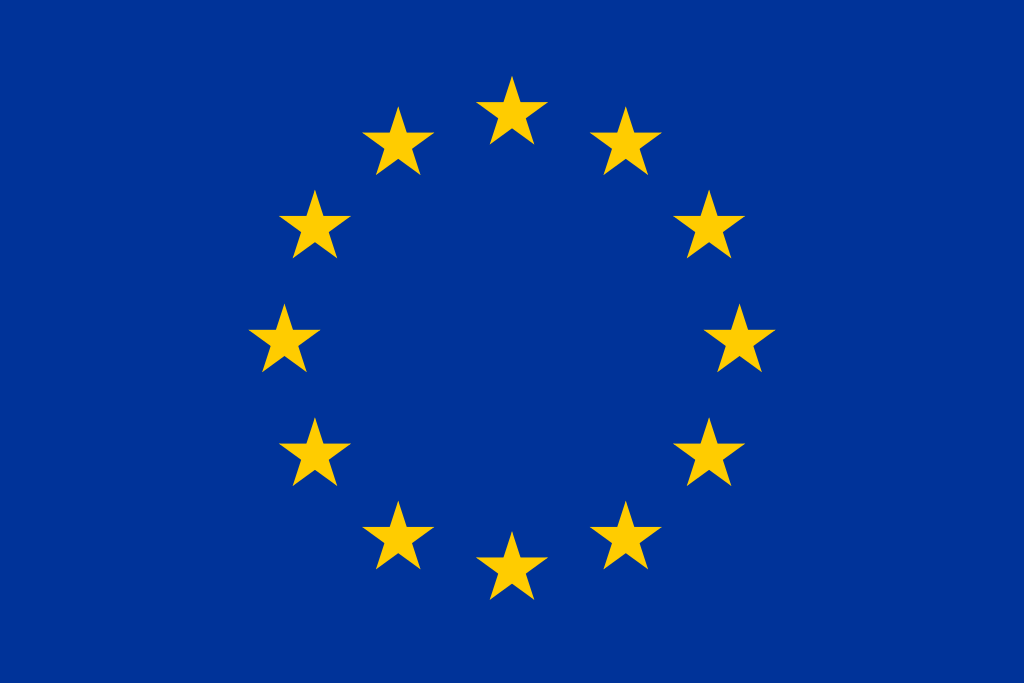
In the framework of the BioMed Alliance In Vitro Diagnostics (IVD) Task Force, experts on in vitro diagnostic medical devices provided their analysis on the challenges of IVDR. Several experts are also CORE-MD partners.
With the implementation of Regulation (European Union [EU]) 2017/746 on in vitro diagnostic medical devices (IVDR), from May 26, 2022, onwards, the development and use of diagnostic tests will be governed by a vastly expanded and upgraded EU regulatory framework. We provide here an overview of the amended transition timelines, the role of notified bodies, EU reference laboratories, expert panels, and the Medical Device Coordination Group (MDCG). We also describe the implications of the IVDR for innovative laboratory medicine by explaining the exemption for in-house devices (IH-IVDs). Two key challenges faced by the academic diagnostic sector are: (1) the stipulation on equivalence of tests (article 5.5d), which poses a new condition for the use of IH-IVDs and (2) the gray area between CE marked in vitro diagnostics (CE-IVDs), modified CE-IVDs, Research Use Only (RUO) tests, and IH-IVDs. Furthermore, the results of a questionnaire on current diagnostic practice conducted by European medical societies collaborating in the BioMed Alliance indicate widespread use of IH-IVDs in diagnostic laboratories across Europe and emphasize the need for support and guidance to comply with the IVDR. Diagnostic equivalents of the European Reference Networks (ERNs) for rare diseases could help ensure affordable and equal access to specialized diagnostics across the EU. Concerted action by clinical and laboratory disciplines, regulators, industry, and patient organizations is needed to support the efficient and effective implementation of the IVDR in a way that preserves innovation and safeguards the quality, safety, and accessibility of innovative diagnostics.
Read the full article on the Official Journal of the European Hematology Association

